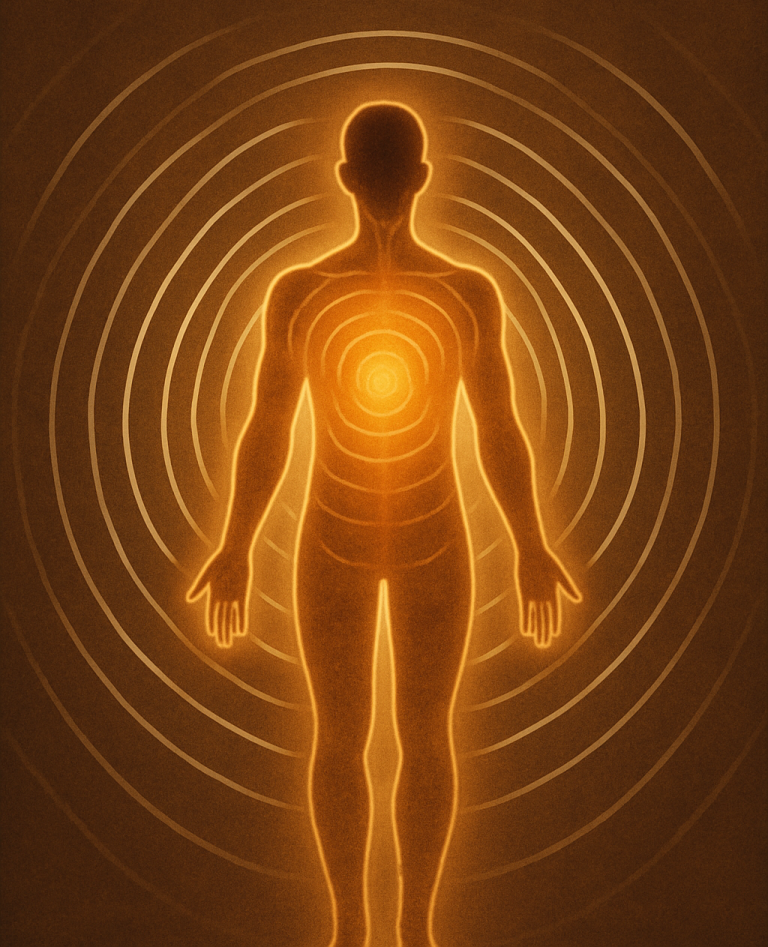The Science Behind Sound Therapy
Frequency. Vibration. Nervous System Harmony.
Sound therapy is grounded in the principle that everything — including the human body — is in a constant state of vibration. Every organ, bone, tissue, and cell resonates at a particular frequency. When stress, trauma, or illness disrupt that resonance, the body can become disharmonised. Sound healing seeks to restore that balance.
At the core of this practice are three key scientific principles:
1. Brainwave Entrainment
When we are exposed to certain frequencies, our brain naturally synchronizes with them — a phenomenon known as entrainment. Instruments like crystal bowls and gongs emit tones that can guide the brain into theta and delta states— associated with deep relaxation, meditation, and even cellular repair.
2. The Vagus Nerve & Nervous System Reset
Low-frequency sound vibrations stimulate the vagus nerve, which plays a crucial role in regulating the parasympathetic nervous system — our body’s "rest and digest" mode. Activating this system helps reduce cortisol (the stress hormone), lower heart rate, and create a profound sense of calm and safety in the body.
3. Cymatics & Cellular Response
Cymatics is the study of visible sound vibrations. When sound waves pass through matter, they create patterns — showing us that vibration can directly affect physical form. Sound therapy applies this concept to the body: using intentional frequencies to stimulate and organise energetic and cellular balance.
The Result:
Clients experience reduced stress, enhanced emotional regulation, improved sleep, and a heightened sense of clarity and self-awareness. Though the experience is deeply mystical, the effects are grounded in real, measurable shifts in physiology and energy.
Sound is not simply heard — it is medicine in motion.

Sound therapy is an emerging complimentary treatment.
'Complimentary not Alternative'
Evidence-Based Resources
A 2016 observational study found that singing bowl sound meditation significantly reduced mood tension, anxiety, pain, and enhanced spiritual well-being. Participants reported profound emotional and physical relief. (New York Post+15PMC+15poplartreewellnesscenter.com+15)
Research published in Psychology Today shows that sound baths—especially with Tibetan singing bowls—can greatly reduce stress, anxiety, negative mood states, and even physical pain, while promoting well-being.(Psychology Today)
A Cleveland Clinic review supports these effects, stating that sound baths often produce a sense of calm, looser muscles, better sleep, pain relief, mood uplift and enhanced body awareness. (PMC+14Cleveland Clinic+14Alternative to Meds+14)
A 2025 systematic review of sound-based interventions found that classical and self-selected music consistently lowered physiological stress markers like cortisol and blood pressure. Other non-musical ambient sounds also showed promise. (mental.jmir.org)
In a broader overview, sound and vibration therapies—including tuning forks and low-frequency rhythms—have been associated with reduced anxiety and tension, improved sleep, pain relief, and enhanced cognitive focus.

